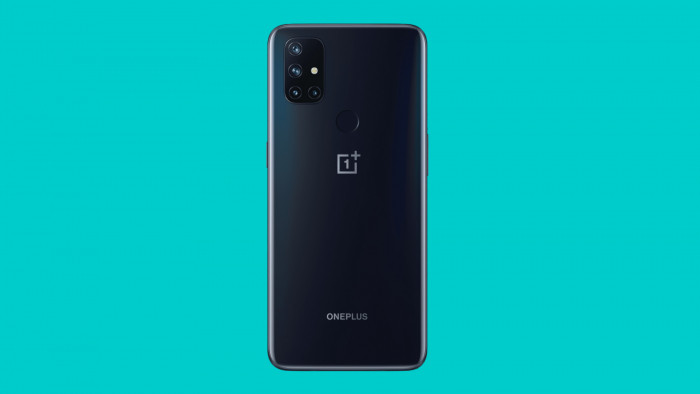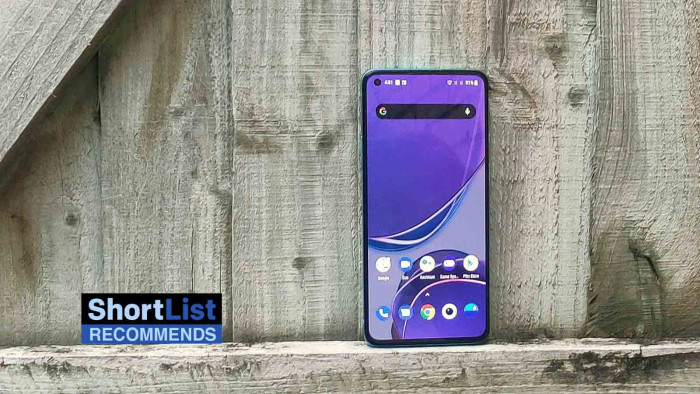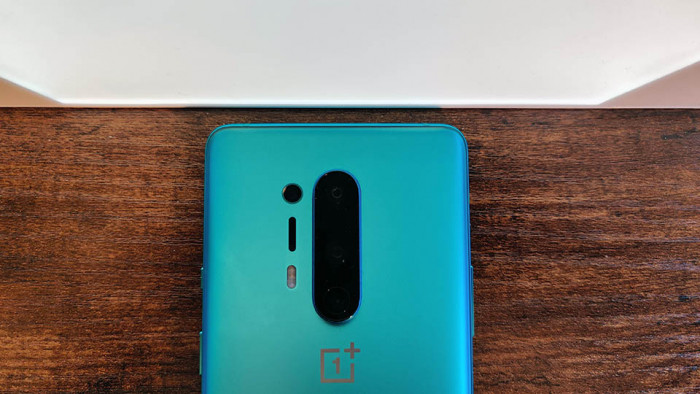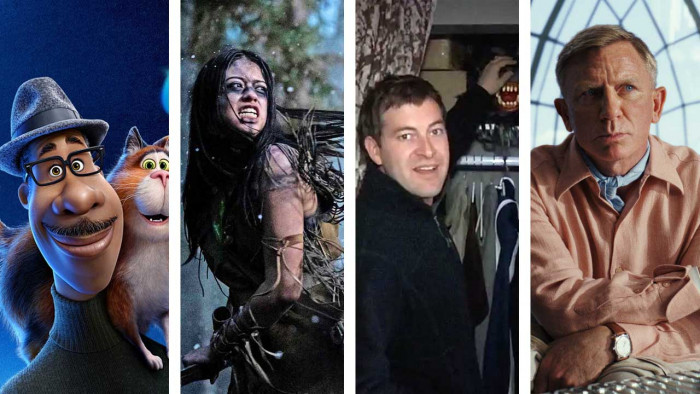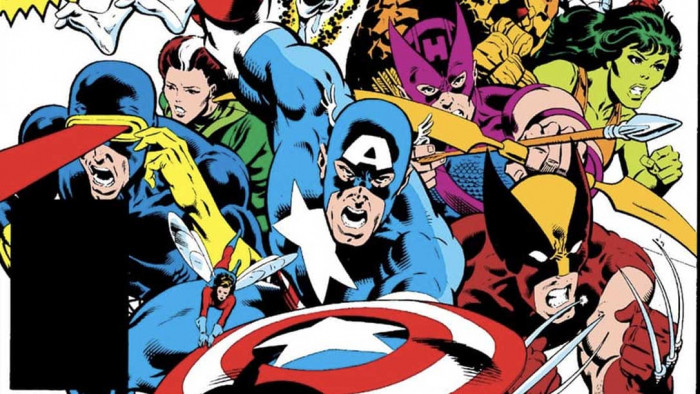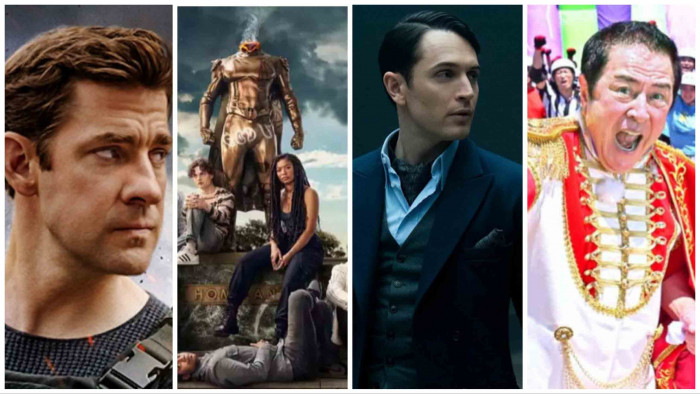Five years after an excessive release schedule led to its demise, Jonathan Pile straps on the all-new controller for a first play of Guitar Hero Live
"Hello, Download Festival! Please welcome to the stage... four guys you’ve never heard of playing plastic instruments."
It’s June 2006 and a 3,000-strong crowd has gathered to watch a hastily assembled ‘band’ pretend to be rock stars. If they do it well, cover versions of well-known rock songs will blast forth from the speakers. Do it poorly, and some people may be compelled to think they actually deserve the barrage of bottles they’re being pelted with.
Before its rise, fall and imminent resurrection, Guitar Hero is in its infancy (released just two months previously in the UK) but, despite its banjo-sized controllers with big, boldly coloured toy-like buttons, it’s commanding people’s attention. And it would only get bigger.
Hero worship
For a few years the Guitar Hero games (joined a little later by rival Rock Band) were everywhere. Riding the same wave as the Wii’s motion controls, people were increasingly able to mimic the activity they were playing, be it 10-pin bowling, a round of golf or racing a car. And, of course, being a rock star.
Eleven games were released in a five-year period, not counting handheld versions and the pop-oriented spin-off Band Hero. Rival Rock Band (although made by the developer of the first two games) added bass guitar, drums and vocals to the mix and even reunited the two remaining Beatles on stage to promote The Beatles: Rock Band.
Its cultural impact was widespread. The resolutely politically correct South Park dedicated the episode ‘Guitar Queer-o’ to the phenomenon, poking fun at the hours it takes to master the game, when players could have been learning a real instrument. Kyle’s father Stan attempted to show the kids he could actually play the songs in the game, but was dismissed as Stan chased high-score records.
But South Park wasn’t alone. The Simpsons’ parody was the 17-button ‘Sitar Hero’. Shia LaBeouf celebrated saving the world in Eagle Eye by turning up to a kid’s birthday with a copy of Rock Band to be played as the credits start to roll. Guns N’ Roses decided to debut Shackler’s Revenge, the first song released from long-awaited album Chinese Democracy, on Rock Band 2. Well, probably just Axl Rose decided – we can’t imagine Ron ‘Bumblefoot’ Thal was asked his opinion.
And then there are the bands who signed on for editions dedicated to their back catalogue. In addition to The Beatles, the likes of Metallica, Green Day and Van Halen all got involved. In fact Bobby Kotick, CEO of Guitar Hero’s publisher Activision, claims the Aerosmith version of Guitar Hero has been more lucrative to the band than any of their records, selling 3.6m copies in its first two years and sparking a 40 per cent rise in sales of the band’s music.
That 3.6m figure is from April 2010. Even five years later, it’s unlikely to have risen significantly. By the time Rock Band 3 came out at the end of that year, declining sales and a saturated market (did we really need a Lego-themed Rock Band?) meant Guitar Hero had already been put on hiatus. Rock Band 3 added a keytar controller, but it failed to spark renewed interested – first-week sales of a mere 7,400 in the UK revealed the decline was terminal. Like many of the bands it celebrated, the music rhythm genre had imploded in a self-inflicted mess of bloated excess. And really… a keytar?

Reunion tour
Fast-forward four years. Rumours are gathering steam that a team has been filming live crowd scenes for what’s believed to be a new Guitar Hero game, but any enquiries into the matter are speedily rebuffed. Gaming websites publish them anyway. But months go by with no confirmation. Then Rock Band 4 is announced.
“Has it?” laughs Guitar Hero Live creative director Jamie Jackson in a back room of iconic London music venue The Scotch Of St James. It’s a quirk of fate that both franchises have announced their rebirth so close to each other. The question has to be: why? And do we really need plastic instruments cluttering up our lives again? “We always said we’d come back when the innovation was there. And now it is. It’s not the same game we’d have put out in 2010 from a gameplay point of view, from the way it looks and from the way you’re going to consume the music. It used to be that the only way to deliver new content to people was through a disc, so you saw lots of releases. That’s not the case any more. But we feel we’ve got something new, compelling and fun to play.”

So what’s different this time? The most important change is to the guitar. No longer are there five coloured buttons on the neck. Instead there are six buttons, but now in two rows only covering the first three frets. It’s a decision based on two major reasons, the first technical, the second… less so. The technical reason is that the original method had a couple of difficulty spikes, initially when you were asked to start using your little finger, then when you were asked to move your hand up the neck. This new layout solves that.
The other reason comes from watching people play air guitar (which in many ways is more what Guitar Hero mimics than actually playing an instrument) and making the experience closer to the hand movements people make in those moments of suave, debonair cool.
The presentation has changed, too. Gone are the animations – the rumours of live filming of crowds were true (see the trailer below). You now play in first person, walking onto the stage and taking your place with the band. And both the crowd and band will react to your performance: angry gesticulations from the drummer, a moshpit suddenly standing with bemused looks on their faces, daggers from the frontman during a pause in the singing. There are probably positive reactions, too. And then there’s ‘Guitar Hero TV’. A set of genre-themed channels with live streaming tracks that you can simply pick up your controller and play along with – not only an impressive technical achievement but a huge undertaking in terms of workload. But it could be great…
An unknown future
The one question Jackson can’t answer yet is whether, come release day, people will actually be willing to fork out for a new Guitar Hero or Rock Band complete with a new peripheral controller. This is supposed to be a glorious rebirth for the series, not a Stone Roses-style nostalgia tour, but can it really hit the heights of previous releases? And if we’re continuing that band analogy (and, if you indulge us, we think we might), there aren’t too many groups who’ve come back stronger. The Verve in 1997, perhaps? So there’s a fight on. But what is clear, is that lessons have been learned from the failures of both franchises.
What that means is there’ll be no over-priced, under-filled discs of extra songs and no unnecessary spin-offs. And no goddamn keytar.
Guitar Hero Live will be released in autumn
Latest
Related Reviews and Shortlists



